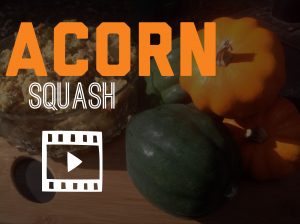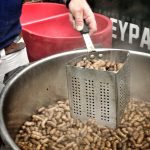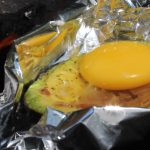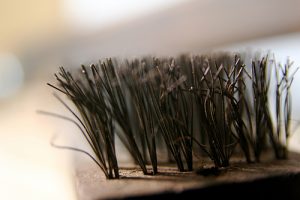When the weather gets cooler the grill calls for more seasonal vegetables like squash and maybe a few root vegetables. Here’s an acorn squash recipe and BBQ technique that is a lot of fun for Fall and especially Halloween Pumpkin carving time.
GrateTV’s Jack Waiboer uses a basic stuffing to make this fantastic Acorn Squash recipe on the grill. In fact we use “golden acorn squash” (the ones that look like tiny pumpkins) to create what I call a personal pan pumpkin without the pan. Or as Jack says, “a one dish meal without the dish!”
The acorn squash halloween recipe is super easy and with the addition of a good sausage it’s hearty too. Full breakdown at GrateTV.com Squash Recipe HERE — Like this stuff? Please Comment Like and Share.











